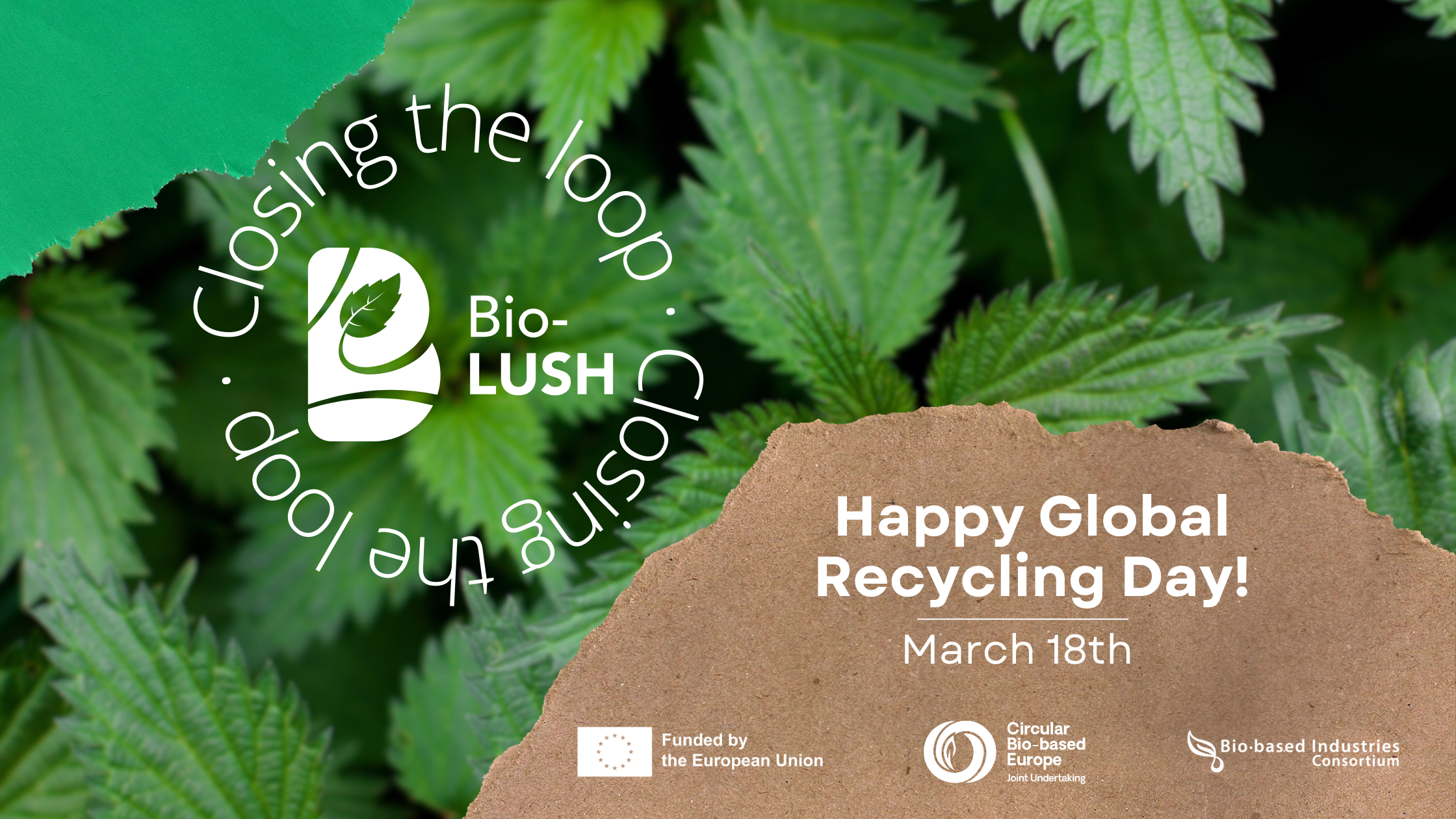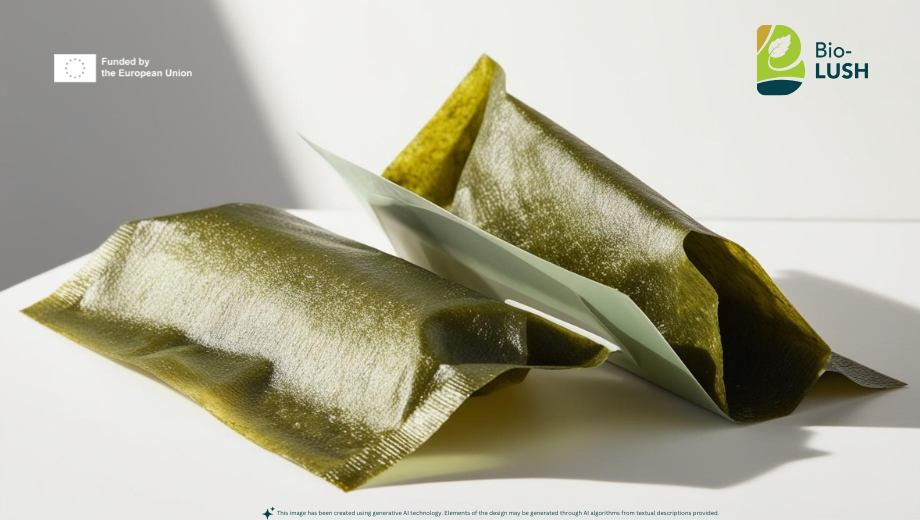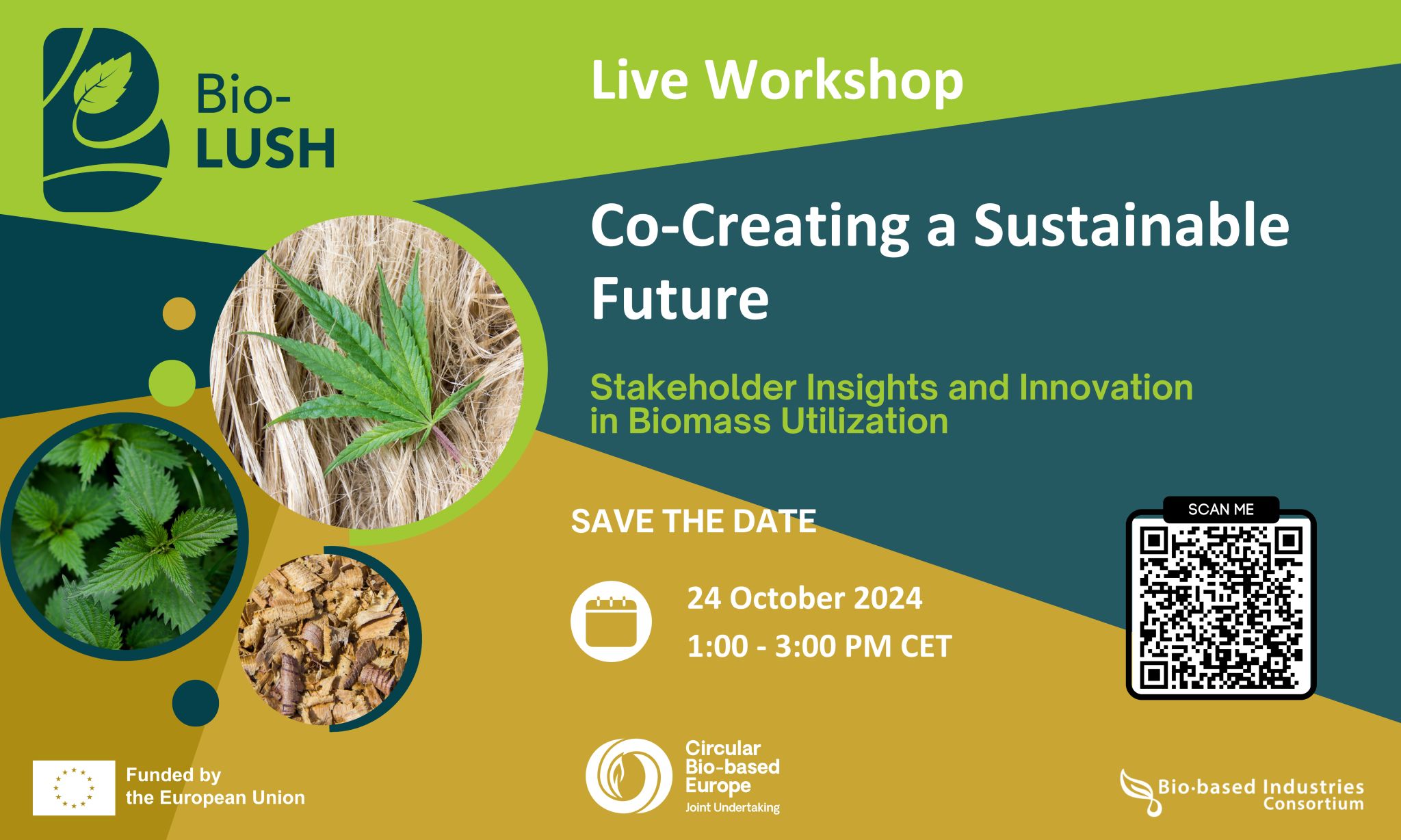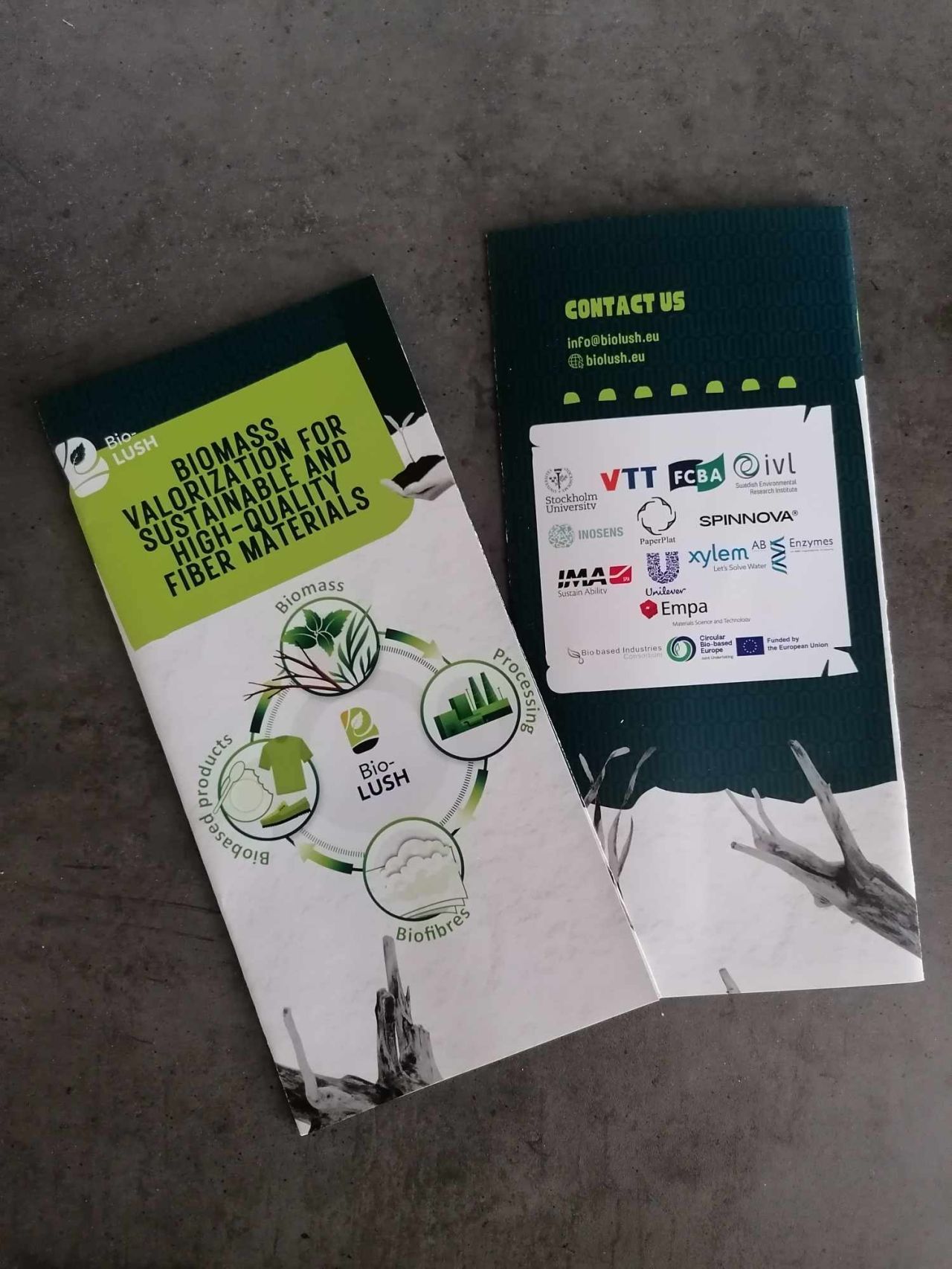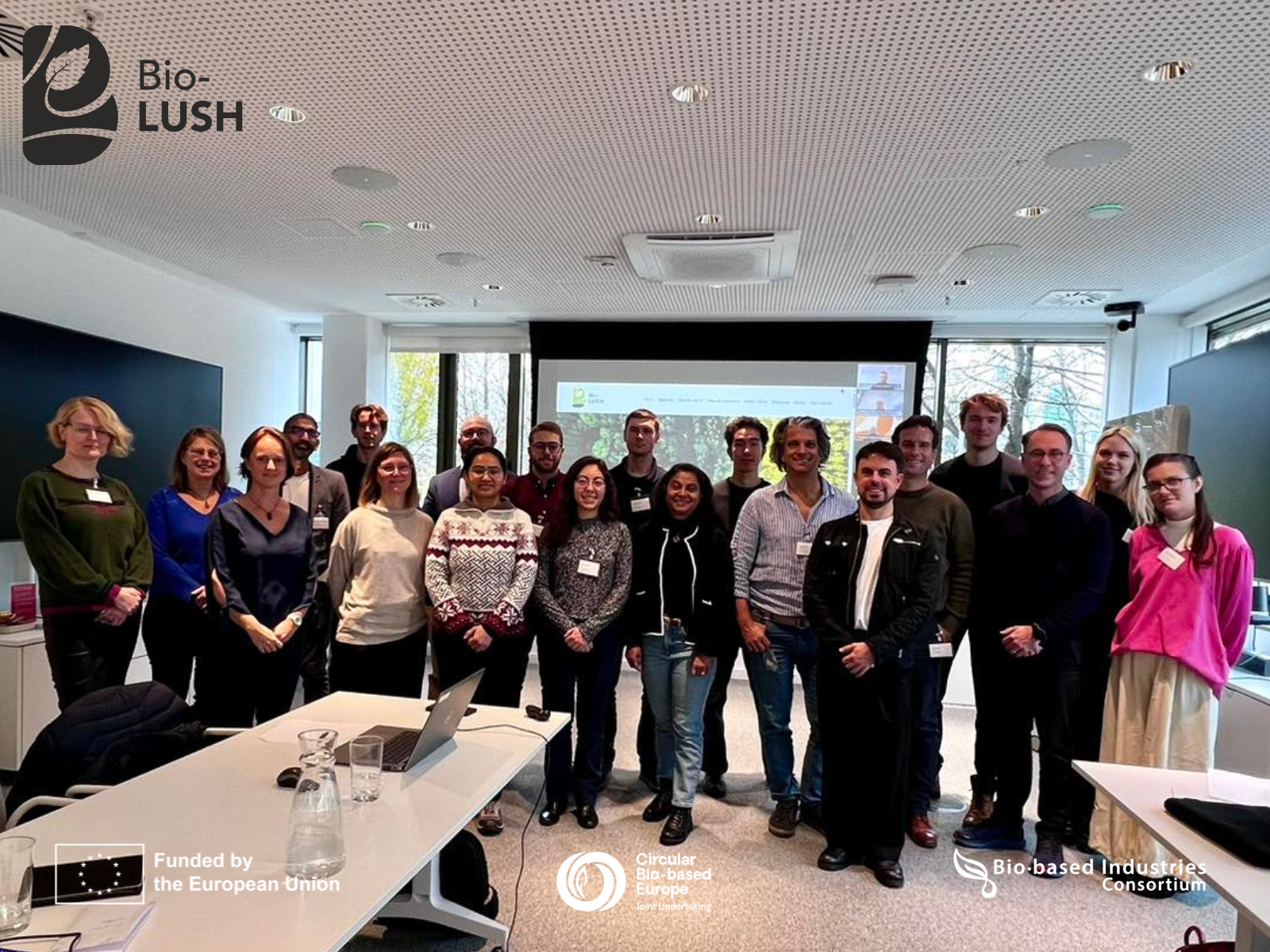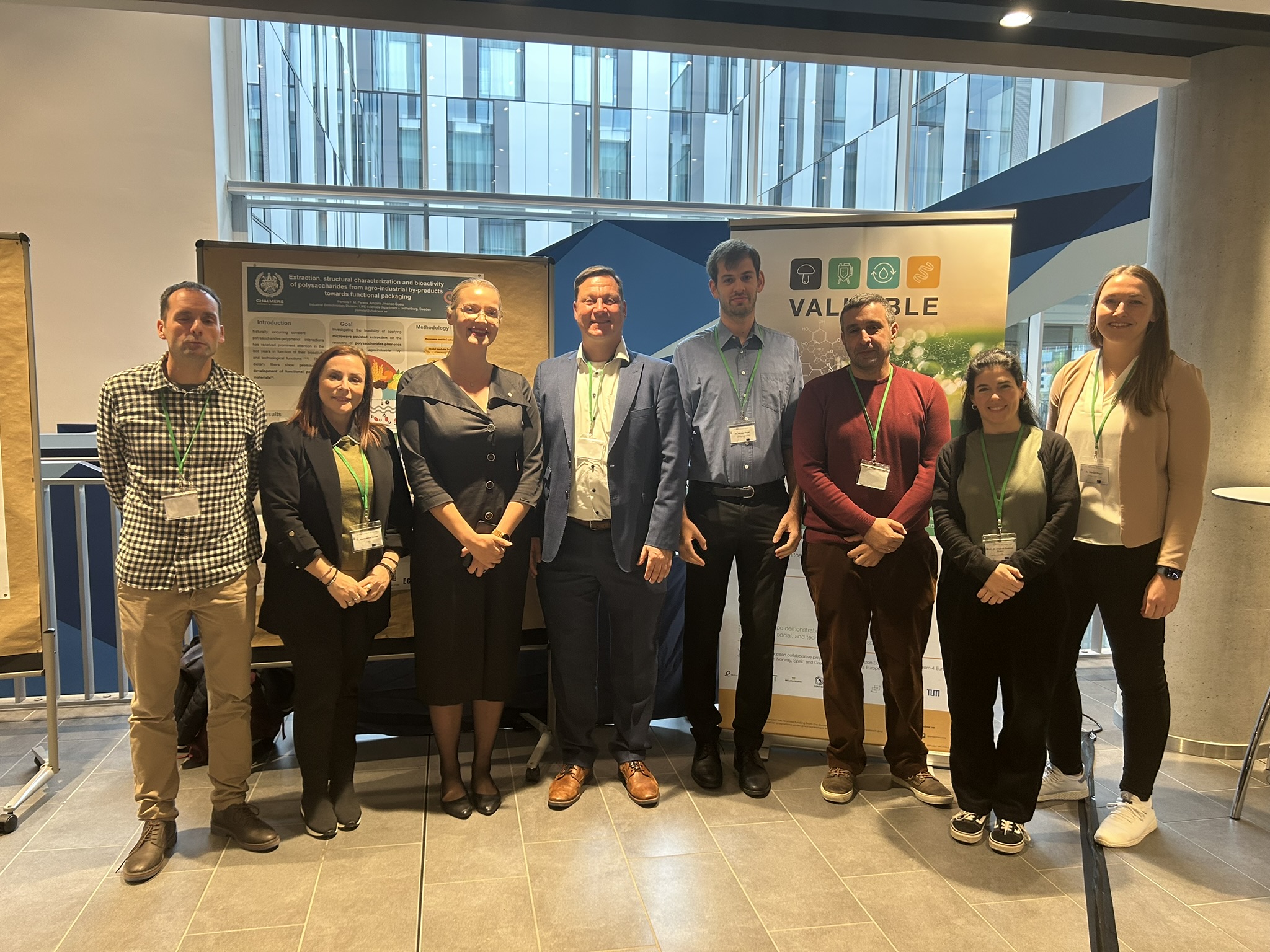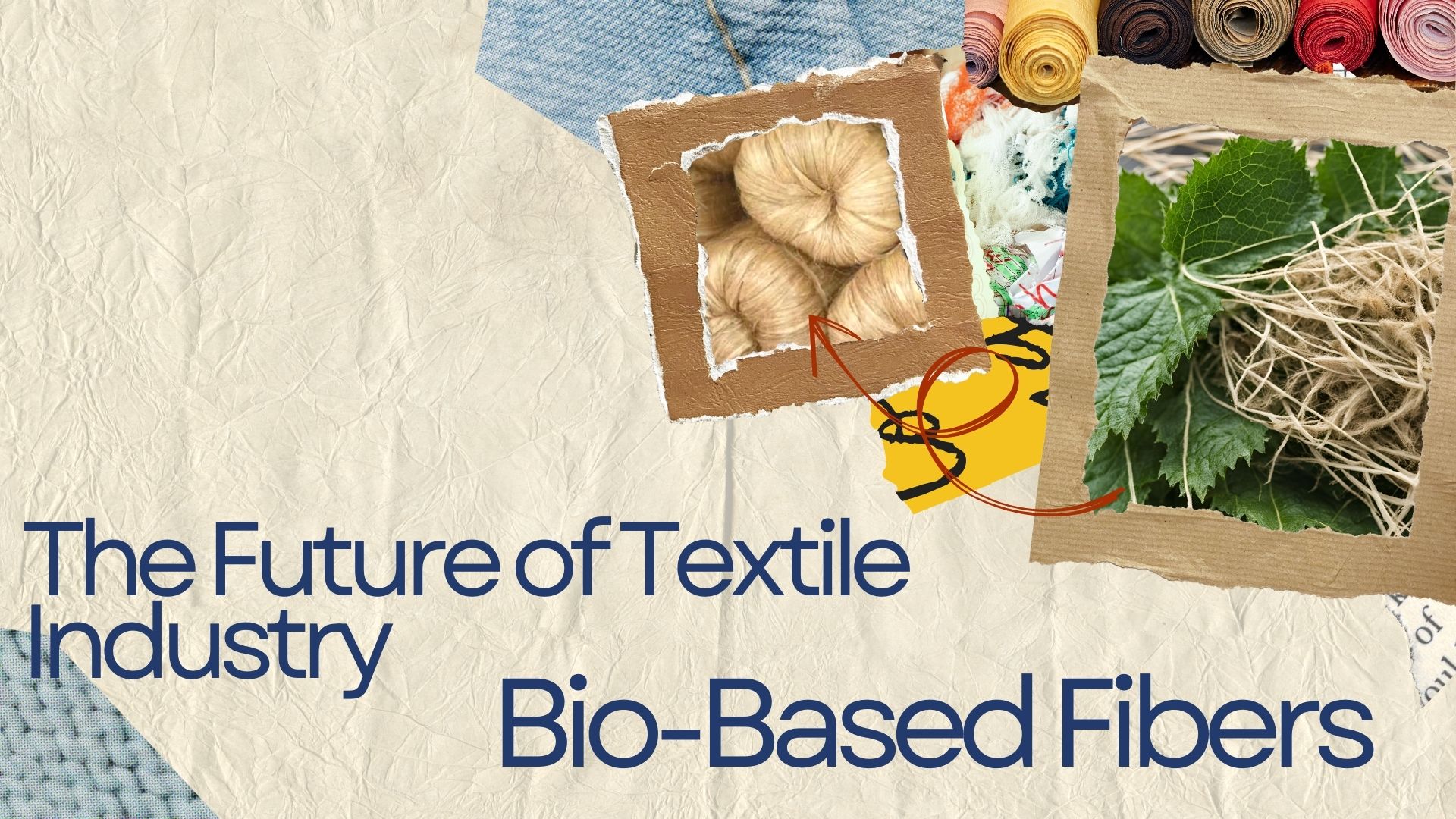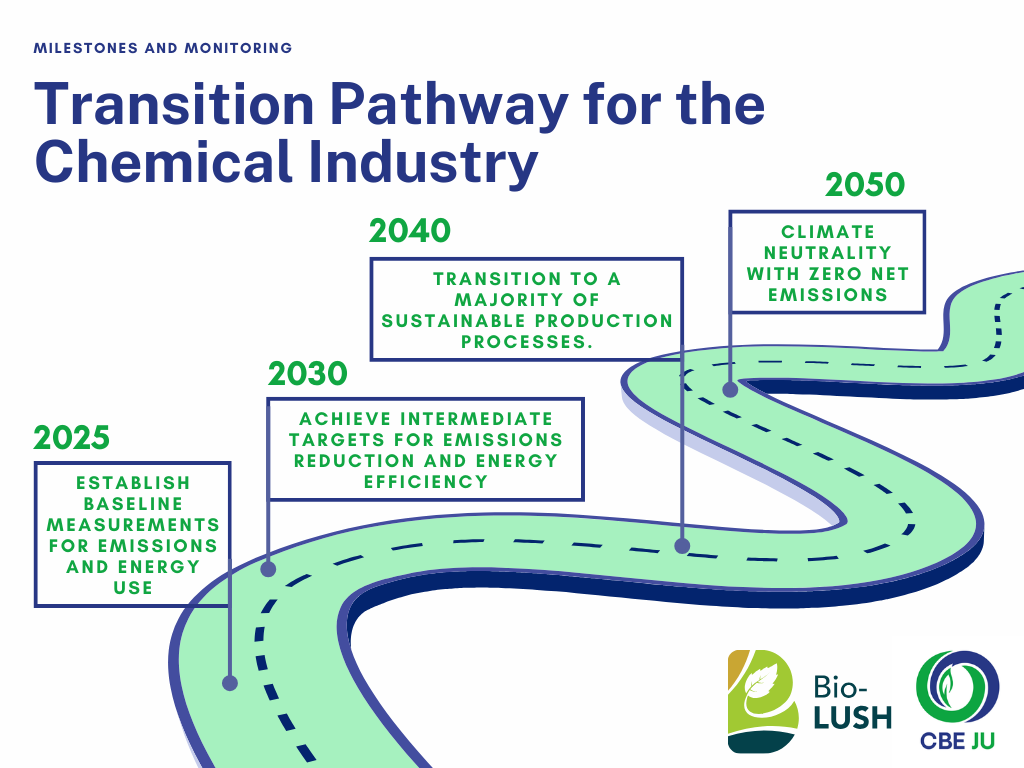Biomass is at the core of the bioeconomy and the key societal challenges it addresses. Respecting the benefits of nature and our planet Earth, the project Bio-LUSH strives to achieve a sustainable way of exploiting green biomass and its product development. In this blog post, the reader will explore the key aspects of green biomass conversion and how Bio-LUSH is playing a vital role in scaling up sustainable production.
Disclosuring the sorts of exploitable biomass
Recently, the development of technologies for the sustainable conversion of biomass, cascading biomass valorization, and bioproducts used in the context of the circular bioeconomy have become priorities. Biomass should be converted into products in a way that minimizes environmental impacts and maximises economic benefits.
There are differences between biomass since humanity uses solid, liquid and gaseous forms. By choosing the correct form for Bio-LUSH biobased products, significant developments will be achieved in the field of biomass conversion. The focus has been on agricultural and forest biomass as well as on algal biomass. With respect to products, the interest in bioenergy and biofuels has been succeeded by an increasing interest in chemicals and materials and, more recently, in feed and food products. In this sense, the Bio-LUSH project aims to systematically evaluate underexplored feedstock as a biobased resource to generate fibres and nanocellulose for further processing and conversion to value-added products.
The Challenges and Opportunities of Biomass Pulp Production
Biomass pulp or fibres is a high-demand and relatively high-value material, costing on average, for instance, twice as much as sugar, which forms the backbone of cellulose. One key issue for being able to release the enormous amount of fibres into longer-lasting materials is the large CAPEX investment cost of the existing biomass treatment process. A large amount of the residual crops is therefore currently burned for the production of electricity releasing large amounts of CO2.
Current biomass conversion is a complex and energy-intensive process with large capital investments. Because of the level of investments, further developments of new applications for biomass fibres were limited.
Today’s researchers are active in:
1. Supercritical fluid extraction: Using carbon dioxide, to extract cellulose from biomass.
2. Enzyme-assisted hydrolysis: Using enzymes to break down the cellulose in biomass into its component sugars.
3.Microwave-assisted treatment: Using microwaves to heat biomass, makes it easier to separate the fibers.
Upgraded formulas for conversion
Bio-LUSH aims to develop new technologies for biomass treatment to reduce the cost of production and make biomass fibers more competitive with other materials. This will affect the development of new applications for biomass fibers, such as construction materials, composites, and packaging materials.
Given the first criterion – low lignin content – Bio-LUSH researchers are going to select the best commercial cultivars of poplar wooden materials for the needs of Bio-LUSH. Residues from the following cultivars will be sampled both from forestry and sawmill/wood peeling industrial activities.
To accomplish sustainability goals with respect to the valorization step, Bio-LUSH will use less invasive chemicals in biomass conversion to create products such as edible packaging, antibacterial textiles and 3D printable bio(nano)composite filaments for impact-resistant car interior products.
In Bio-LUSH, the focus is on the use of underutilized fibrous biomass and the value of lignin and hemicellulose fractions will be retained in the form of lignin-cellulose and holocellulose fibres. These hybrid fibres are expected to provide functional properties such as antibacterial and antioxidant properties (due to phenolic groups of lignin) or/and oxygen barrier properties (due to hemicellulose).
Conclusion
The project will contribute to the retention of value of the EU’s fibrous biomass and the growth of the European fibrous bioeconomy for revitalising marginal areas and rural areas suffering from desertification or experiencing socio-economic difficulties.

